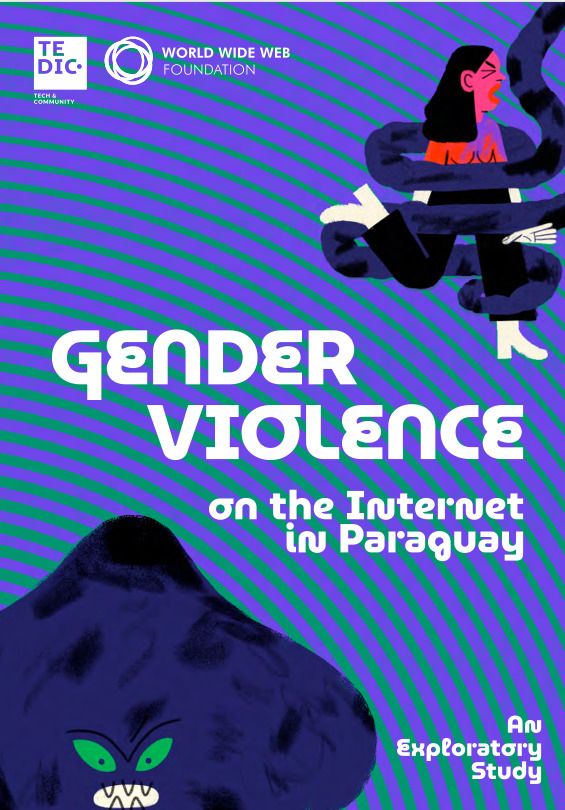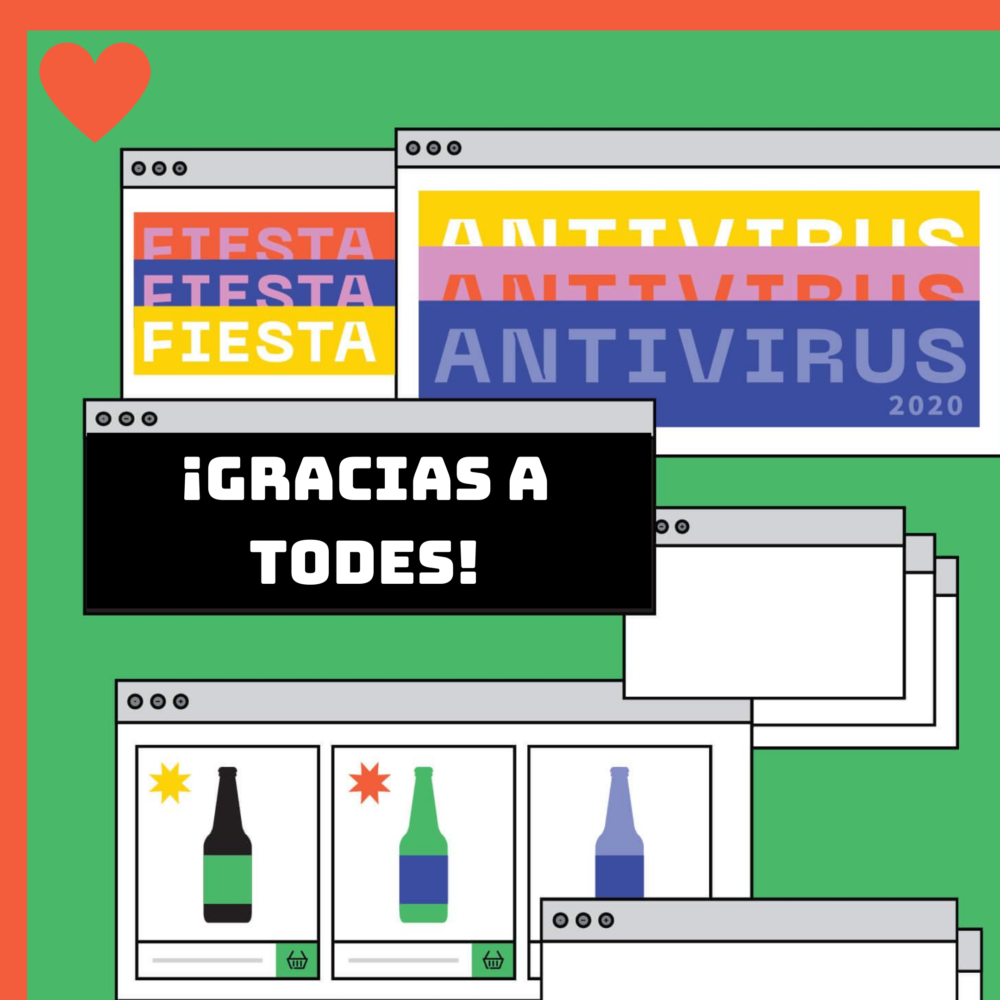
In order to develop the research on digital violence against women in Paraguay, it is necessary to develop some definitions. To date there is no global consensus on the definition of digital violence, however for this research we take the definition of digital gender violence developed by the Association for Progressive Communications (APC), which expresses the following: “Acts of gender-based violence that are committed, instigated or aggravated, in whole or in part, through the use of Information and Communication Technologies (ICTs), such as cell phones, the Internet, social media platforms and email” (APC, 2015)1
Therefore, digital gender-based violence can be defined as violence that is committed and spread through digital media, against a woman -because she is a woman-, or when it affects women disproportionately (UN Women, 2020). This violence causes psychological and emotional harm, reinforces prejudices, damages reputation, causes economic losses2 and poses barriers to participation in public life. It can also lead to forms of sexual and other forms of physical violence (Barreras 2017).
During the COVID19 pandemic, violence against women has manifested itself in different forms, including domestic violence and online violence that is also facilitated by ICTs. These forms of violence and abuse take place in a context of systemic gender discrimination. The consequences and harms caused by the different manifestations of online violence are closely related to gender: women and girls suffer particular stigma in the context of structural inequality and discrimination.
Another consequence of digital gender-based violence is that it impedes the digital inclusion of women and diverse communities. By not having free access to ICTs and the digital ecosystem, essential rights for full development are lost, such as the right to freedom of expression, the right to privacy, the right to information, sexual and reproductive rights and the right to non-discrimination. In other words, any woman or girl with or without access to technology is exposed to being a victim of this type of violence, which has a direct impact on women’s capacity for empowerment or equality.
One of the forms that digital gender-based violence takes is the dissemination of non-consensual intimate images aimed at stigmatizing women for exercising their sexuality on the networks (Sequera, 2021).
Other associated types of violence are state surveillance (state spying) and the resulting violations of due process. These serious transgressions can hide situations of oppression of women, such as harassment, extortion and intimidation. An example of this is the case of military espionage on a journalist of ABC Color3 that remains unresolved in the Paraguayan justice system.
In addition to this, there is a lack of transparency and accountability of the institutions and authorities involved in the purchase and use of surveillance software4. There are no diagnoses of the risks involved in requests for information from users of the Attorney General’s Office to ISPs (Internet Service Providers) without a court order5. All these facts affect the constitutional guarantees of citizenship, and in particular way, the security and well-being of 50% of the population who are women in Paraguay6.
In terms of regulations and public policies in the country, there is no regulatory harmonization that considers digital violence as an extension of physical violence. This lack of consideration leads to the invisibility and lack of protection of women in the digital environment. There are no studies or epistemic reference points that recognize the problem in the country. To date, there is no representative data production in the Women’s Observatory7 of the Ministry of Women’s Affairs on digital gender-based violence. Therefore, there is no institutional evidence to generate public policies and thus safeguard, protect and repair women and girls from this violence in a comprehensive manner.
Along the same lines, there is insufficient government information regarding the gender digital divide and women’s access to technology. There are also no statistics on cybersecurity with a gender perspective. In addition, women’s lack of access to tertiary careers in science and technology further exacerbates the digital lag.
Public policies such as the Digital Agenda of the Ministry of Information and Communication Technology (MITIC), as well as its National Cybersecurity Plan still lack inclusion and gender policies, beyond connectivity and access.
In this sense, the research results presented in this document contribute to prompt a baseline for the analysis of online violence against women in Paraguay. This seeks to motivate new studies of greater scope and, above all, to generate debates for the creation of public policies focused on the issue.
1TEDIC has been a member of APC since 2018.
2The economic cost of online violence could also skyrocket at a time when the use of the Internet is increasing. For example, online abuse and trolling in Australia already costs the economy about 3.7 billion. UN Women. Online and ICT* facilitated violence against women and girls during COVID-19. Date: 2020. https://www.unwomen.org/-/media/headquarters/attachments/sections/library/publications/2020/brief-online-and-ict-facilitated-violence-against-women-and-girls-during-covid-19-en.pdf?la=en&vs=2519
3TEDIC. 2016. Spying on journalist confirms that the Paraguayan State illegally intercepts communications. https://www.tedic.org/espionaje-a-periodista-confirma-que-el-estado-intercepta-comunicaciones-ilegalmente/
4TEDIC. 2016 More questions and doubts about malware purchased by SENAD. https://www.tedic.org/mas-preguntas-y-dudas-sobre-software-malicioso-adquirido-por-senad/
5Sequera. 2020. Who defends your data? https://qdtd.tedic.org/
6Paraguay’s total population in 2021 is 7,353,038 inhabitants. The population by sex is distributed in 50.4% men and 49.6% women. https://www.ine.gov.py/Publicaciones/Biblioteca/documento/7eb5_Paraguay_2021.pdf
7Observatory of the Ministry of Women in Paraguay: http://observatorio.mujer.gov.py

 Antivirus party: this is how we hacked the lockdown
Antivirus party: this is how we hacked the lockdown